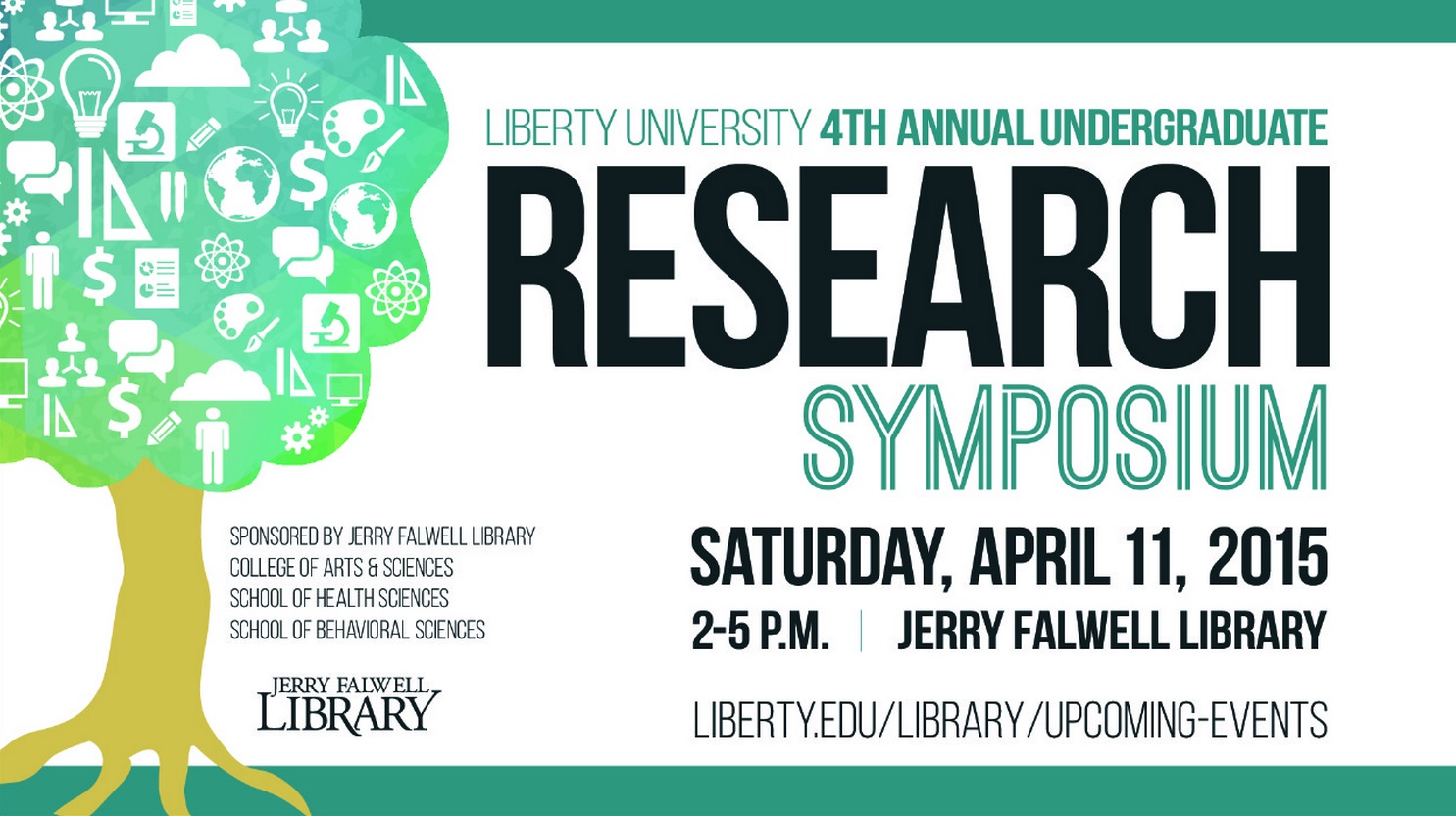Development of a Peripherally Selective Bivalent Compound to Reduce Hepatic Fibrosis
Proposal Type
Poster
Location
Jerry Falwell Library, Lower Esbenshade Atrium
Start Date
11-4-2015 2:00 PM
End Date
11-4-2015 5:00 PM
Development of a Peripherally Selective Bivalent Compound to Reduce Hepatic Fibrosis
Jerry Falwell Library, Lower Esbenshade Atrium
Fibrotic tissue is the scaring and thickening of connective tissue. The liver is the main organ involved in detoxifying the body and when prolonged hepatic fibrosis occurs it is often detrimental. Alcoholism and hepatitis C are some of the most common causes of hepatic fibrosis and have the potential to lead to cancer and liver failure. Previous research has shown that the use of cannabinoids has alleviated some of the effects of hepatic fibrosis. Cannabinoid receptors are G protein-coupled receptors with different isoforms having different downstream effects. When cannabinoid receptor 1 (CB1) is activated there is an increase in inflammation and in production of collagen by stellate cells. When cannabinoid receptor 2 (CB2) is activated anti-inflammatory effects have been shown along with the protection against liver ischemia-reperfusion. The goal has been to make a pharmacological tool that is a combination of a CB1 antagonist and a CB2 agonist, synergistically working to reduce hepatic fibrosis. The main problem with the use of cannabinoids is the adverse psychoactive effects. The design of the compounds has been made with peripheral selectivity in mind, therefore decreasing fibrosis while avoiding the central nervous system.



